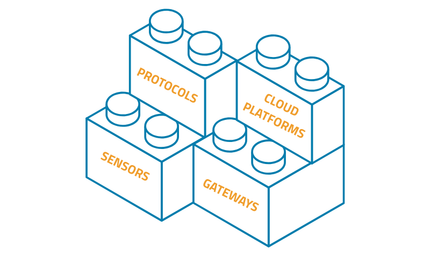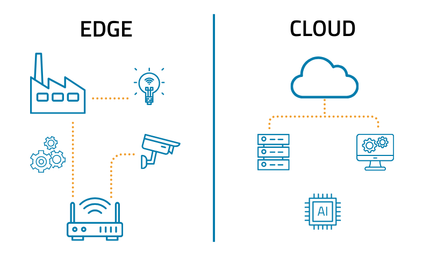Antenna design plays a central role in the performance, reliability, and scalability of IoT devices. Whether your product is a small sensor, a connected appliance, or an industrial monitoring system, the antenna is the component that bridges your hardware to the outside world. Factors like frequency selection, antenna type, placement, and housing materials all influence how well a device transmits and receives data. A carefully planned antenna strategy ensures your device can deliver strong, consistent connectivity across a variety of use cases.
Understanding IoT Antenna Basics
Most IoT products use wireless technologies such as Wi-Fi, Bluetooth, Zigbee, LoRa, or cellular networks to connect with other devices or the cloud. The type and number of wireless technologies in your design will dictate the type and number of antennas required. For example, 900 MHz, 2.4 GHz, and 5 GHz radios each have distinct requirements for antenna design, impacting size, shape, and placement.
Module manufacturers often offer multiple antenna options, including:
-
On-board chip or ceramic antennas – Compact and cost-effective for small form factors.
-
Wire (“whip”) antennas – Flexible and easy to position for better reception.
-
Trace antennas – Integrated directly into the PCB for lower cost and simplified assembly.
-
Pin-outs for custom antennas – Allowing for tailored designs that meet unique performance goals.
External antenna connectivity is often enabled through U.FL (also called IPEX) connectors. These link to the antenna via a short coaxial pigtail, adding both cost and space considerations to your bill of materials (BOM).
Choosing Between Internal and External Antennas
When deciding between internal and external antennas, housing materials and product placement matter. A device placed behind a couch, under a desk, or inside a metal enclosure may struggle to maintain strong wireless signals. Metal housings in particular can significantly block or attenuate radio frequencies, making an external antenna design almost mandatory.
Key Factors in IoT Antenna Design
-
Frequency Selection
Matching the antenna to your device’s operational frequencies is critical. For instance, Wi-Fi IoT devices that operate on both 2.4 GHz and 5 GHz bands may require dual-band antennas for optimal performance. -
Mitigating Interference
Designing to avoid interference from nearby electronics or competing wireless signals can help maintain consistent connectivity. Shielding techniques, strategic antenna placement, and RF filtering are common approaches for mitigating interference in IoT antenna design. -
Signal Range and Strength
Larger or more sensitive antennas can improve range, but they may also increase device size or cost. Balancing physical constraints with performance is key to enhancing IoT signal strength and transmission efficiency. -
Integration with IoT Communication Protocols
Antenna performance varies depending on whether your device uses Bluetooth Low Energy, Zigbee, LoRaWAN, NB-IoT, or Wi-Fi. Selecting the right antenna ensures compatibility and reliability when integrating antennas with IoT communication protocols. -
RF Design Considerations
PCB layout, ground plane design, and isolation from noisy components all play a role in RF design considerations for reliable IoT connectivity.
Best Practices for Optimizing Wireless Connectivity
-
Begin antenna design early in the product development process rather than treating it as an afterthought.
-
Test in real-world environments to uncover performance issues that may not appear in lab conditions.
-
Consider modular or swappable antenna designs to accommodate different markets or deployment scenarios.
-
Factor in manufacturing and assembly costs for antenna components like pigtails, connectors, and mounting hardware.
By optimizing wireless connectivity in IoT devices, you ensure that your product meets customer expectations for speed, range, and reliability, whether deployed in a smart home, a warehouse, or a remote monitoring station.







